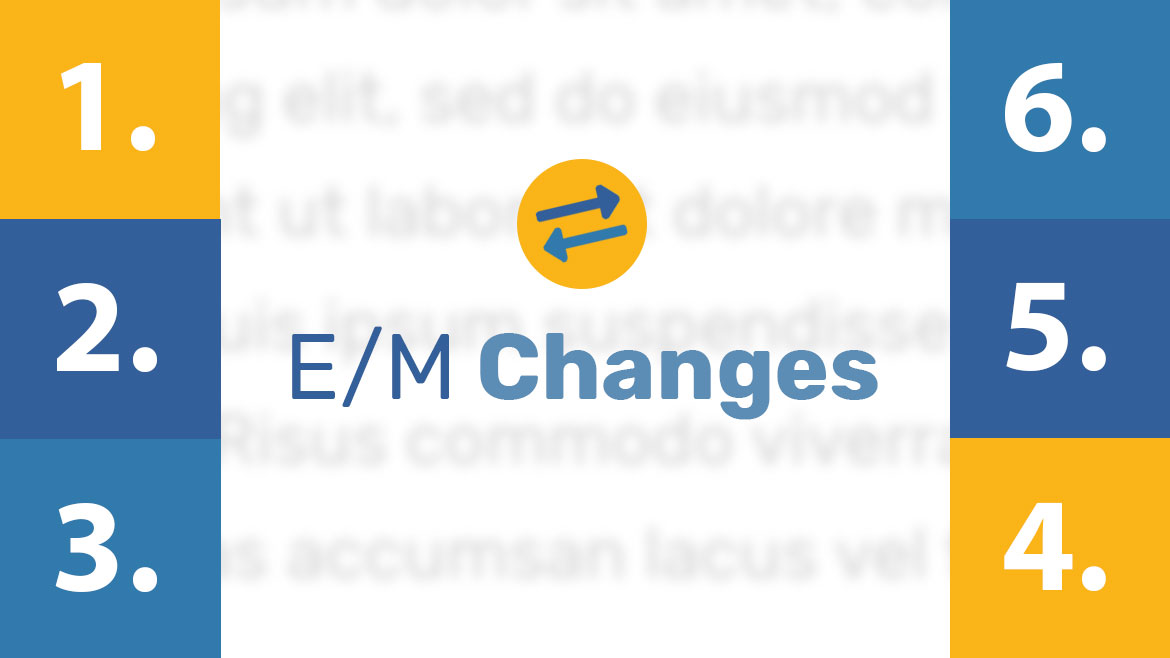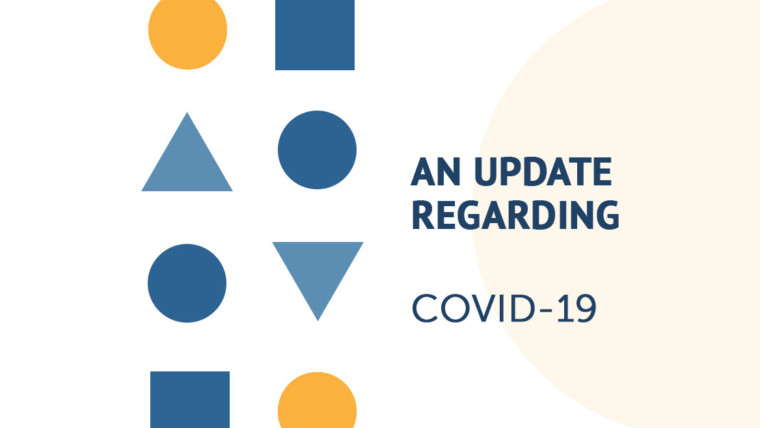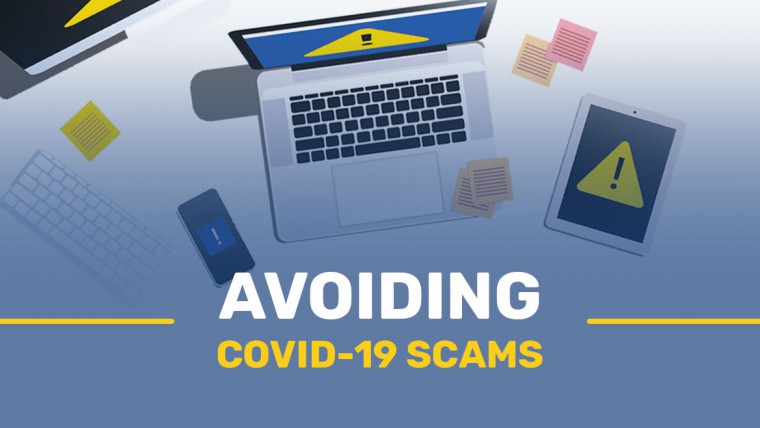Effective January 1, 2021 there will be a major revision to the CPT codes (99201-99215) for office and other outpatient services, these codes are known as Evaluation and Management (E/M) Codes. It is important that all members of the care team understand these changes and the impact it will have on your practice. Learn more here.
The documentation for E/M office visits will be based on how physicians take care of patients and not on mandatory standards that encouraged checking of boxes. These changes are designed to reduce administrative burden. Clinicians will no longer need to re -record elements of history and physical exam when there is evidence that information and been reviewed and updated. Physicians must only document that they reviewed and verified information regarding the Chief Complaint and History if recorded by other staff or patient. The AMA has made available ample information regarding the upcoming changes.
Changes:
- Providers should perform a “medically appropriate history and/or examination”.
- Physician’s documentation can be based on Medical Decision Making (MDM) or Total Time.
- Medical Decision Making criteria has been revised. Learn more here.
- The CMS table of Risk was used as a foundation to redesign the required elements.
- Deletion of CPT Code 99201
- Creation of a Prolonged Service Code to be reported with CPT Code 99205 and 99215 which measures physician or other qualified health professional time in 15-minute increments.
You will want to assess the financial impact these changes may have on your practice. For example for Ophthalmologists and Optometrists, this may mean a change in how you bill. For many of you who bill Eye Codes, you can still bill them as you normally would. However, in the 2021 CMS Proposed MPFS Rule, the eye codes are dropping in value about 7%. Established patient E/M codes are increasing in value. With the reduced documentation requirements for E/M codes, they will be easier to use and – in several cases – will then have a higher value than the comparable eye codes.
AMA Checklist for E/M Updates:
This transition will require staff education, review of internal policies and procedures, and financial analysis. Below is a List of Items you may want to consider:
- Choose a project lead to manage the transition
- Prepare your physicians, clinical staff, and administrative staff – training and meetings
- Update practice procedures and protocols to be consistent with the new guidelines.
- Coding Support – use all appropriate coding resources to prepare for the revisions
- Guard against Medical Malpractice and Fraud and Abuse. Physicians will still need to carefully document the work that is being done and guard against inadvertent billing. Internal Chart Audits will still be a critical part of your process.
- Understand additional requirements from payer’s or employers. Additional documentation may still be required and you want to ensure your documentation will satisfy these requirements.
- Update your Compliance Plan – make sure your updated protocols and procedures are consistent with your compliance plan.
- Check with your EHR vendor to confirm their schedule for making the E/M changes.
- Perform a prospective financial analysis to help you understand if there will be a dip or increase in revenue.
The AMA has made available an interactive training module along with other helpful tools so we recommend you refer to the AMA website for additional information.



